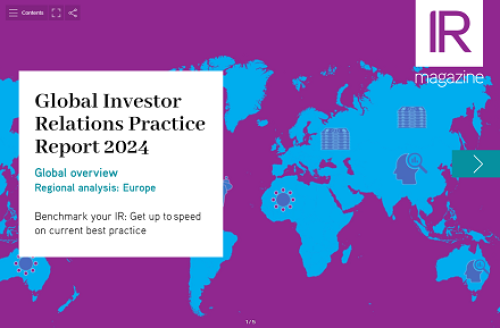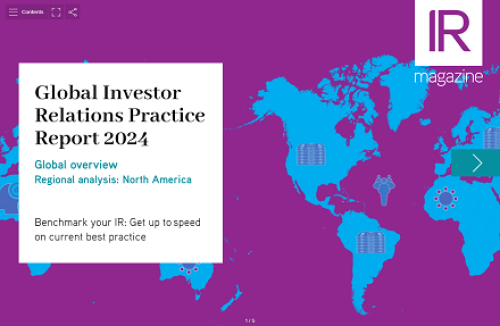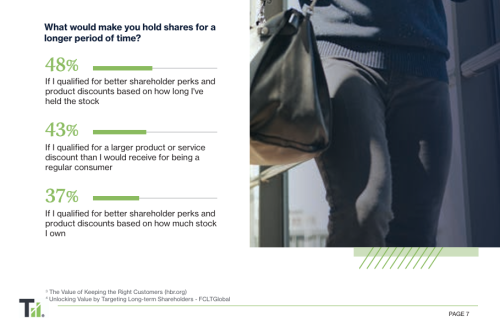Just a year after their involvement in the ABM Amro acquisition consortium, a look at the starkly differing fortunes of Spanish bank Santander and Belgian Fortis
Accepted
In October 2007 a consortium of European banks celebrated the record-breaking acquisition of ABN Amro, the Dutch banking group. Just over a year later, two of the three buyers have made big M&A news again.
But the difference between the two banks – Spain’s Santander and the Belgian group Fortis – could hardly be starker.
Santander continues to expand, snapping up embattled UK lenders on the cheap (most recently, Bradford & Bingley). Fortis, on the other hand, has become a target, and needed an injection of €11.2 bn ($16 bn) from the Benelux governments to restore investor confidence.
At the time of the ABN Amro sale, market commentators applauded Santander for its shrewd deal making, while questioning Fortis’ ability to mix it with the big boys of the banking world.
These appraisals proved all-too-useful clues to future performance. Both Santander and Fortis can trace their respective success and failure – at least in part – back to the sale and break-up of ABN Amro.
‘Under the ABN Amro deal, Santander acquired Banco Real in Brazil and Italy’s Antonveneta,’ explains Carlos Peixoto, an analyst at BPI Equity Research. ‘Banco Real provides it with the liquidity to take advantage of its weaker rivals, while Antonveneta was sold immediately for a €3 bn profit.’
Santander ended up with a strong capital base. ‘Santander is still able to place debt in the market, unlike other Spanish banks,’ notes Peixoto. ‘Investors are impressed by its geographical reach: it has exposure to emerging economies in Latin America in addition to a strong presence in such mature markets as Portugal and the UK.’
By contrast, Fortis was stretched by its role in the ABN Amro buyout. To fund its share of the deal, it pledged to raise €24 bn of the €74 bn required in total by the consortium. This included undertaking a €12 bn rights issue, widely regarded as a huge sum in relation to the bank’s size. With an already weakened capital base, Fortis was especially vulnerable to the lack of confidence haunting banks a year later.
‘There was a crisis of confidence in Fortis,’ says Duncan Russell, an analyst at JPMorgan. ‘The share price fell, depositors started to take out their money, and the authorities felt they had to act to restore confidence.’
The Belgian, Dutch and Luxembourg governments stepped in and together pumped €11.2 bn into Fortis in return for stakes of just under 50 percent in each of the bank’s regional subsidiaries. Humiliatingly, Fortis has announced it is to sell its interest in ABN Amro at a discount.
Fortis’ part in the ABN Amro deal was not the main reason for its near collapse 12 months later, but it signaled the beginning of its problems in a world where credit was becoming scarce. ‘The deal left it short of capital, although this was still true three weeks before it needed to be rescued,’ states Russell. ‘ABN Amro wasn’t the trigger, but it did stretch Fortis’ capital base.’
Last year, as the consortium pushed through its buyout of ABN Amro, some hedge funds with stakes in Fortis, unconvinced by the deal’s worth, attempted to derail it. Looking back now, they probably wish they’d tried harder.
Details correct at time of going to press.










